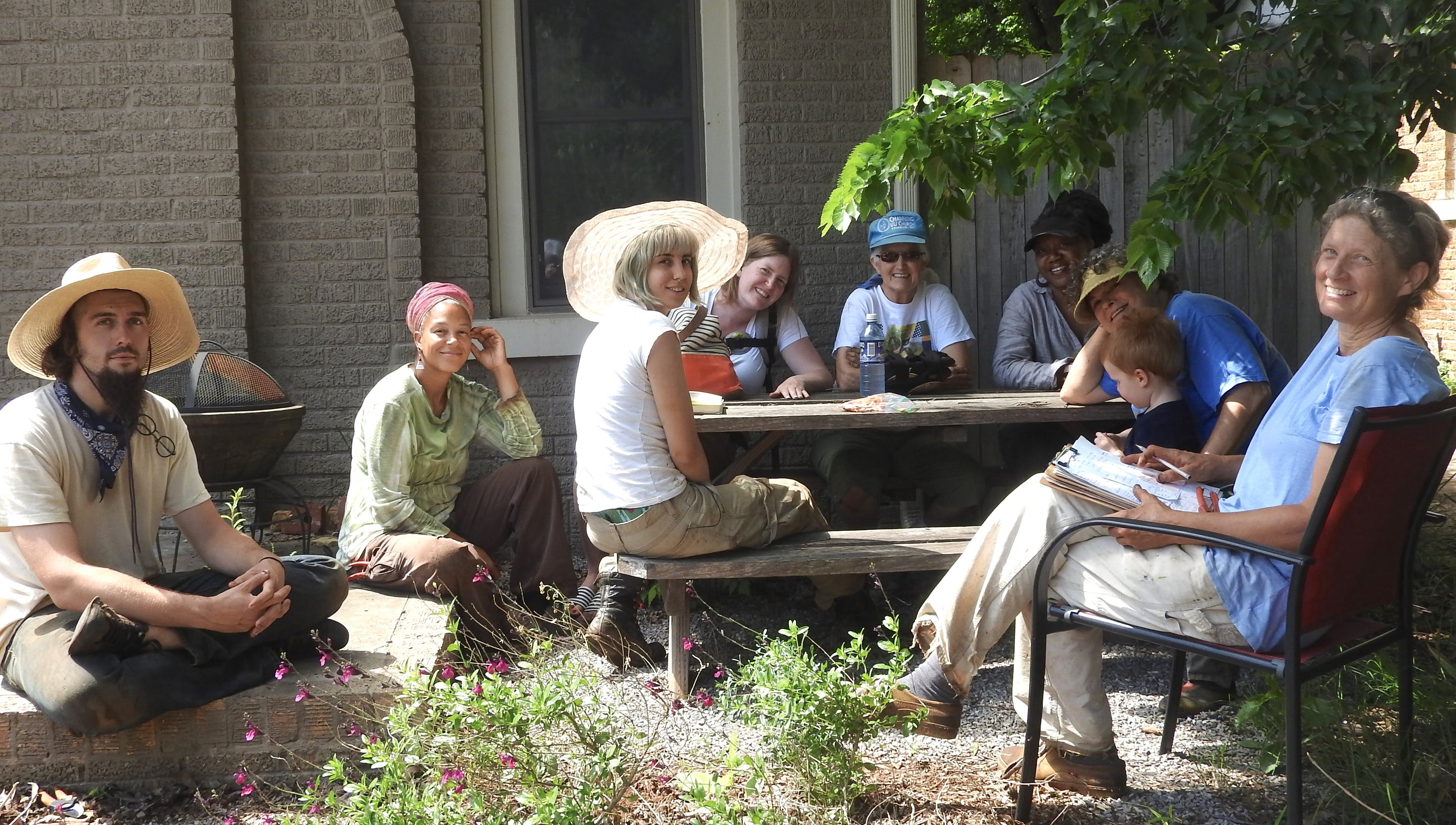Applications Due for Next Apprenticeships! Do you want to grow some of your own food and spend more time outside? Are you a horticulture student looking for practical, hands-on learning? Or a home gardener ready to step up to the next level?  Then CommonWealth’s apprenticeship program might be just the ticket for you! Apprentices volunteer for 8 hours per week for three months, and have the opportunity for hands-on learning in the midst of a working urban farm. Our farm includes vegetables, herbs & cut flowers, a hoop house, food forest, composting operation, and a rainwater harvesting system. Plus, we have a lot of fun together! Then CommonWealth’s apprenticeship program might be just the ticket for you! Apprentices volunteer for 8 hours per week for three months, and have the opportunity for hands-on learning in the midst of a working urban farm. Our farm includes vegetables, herbs & cut flowers, a hoop house, food forest, composting operation, and a rainwater harvesting system. Plus, we have a lot of fun together!
Our next apprenticeship season is June 4th through August 31st.
Applications are due this Friday, May 25th. Click here for more information or to apply. Here’s what one of the spring apprentices (in photo, at a weekly meeting with staff) wanted to share about her CommonWealth experience:“This apprenticeship has helped me grow as a gardener; it was an immersive experience that enabled me to learn a lot.”—Kelly Garrett |